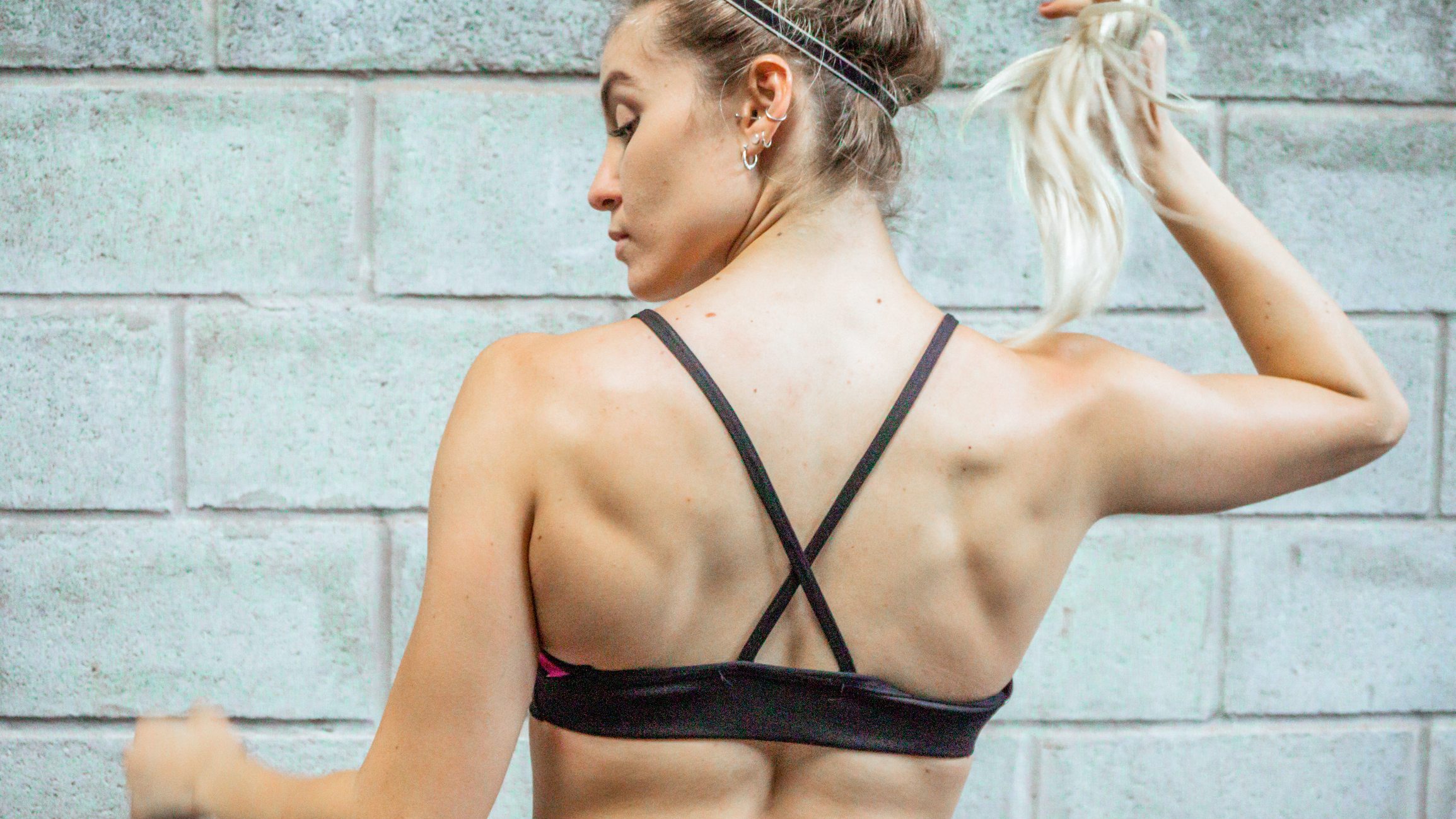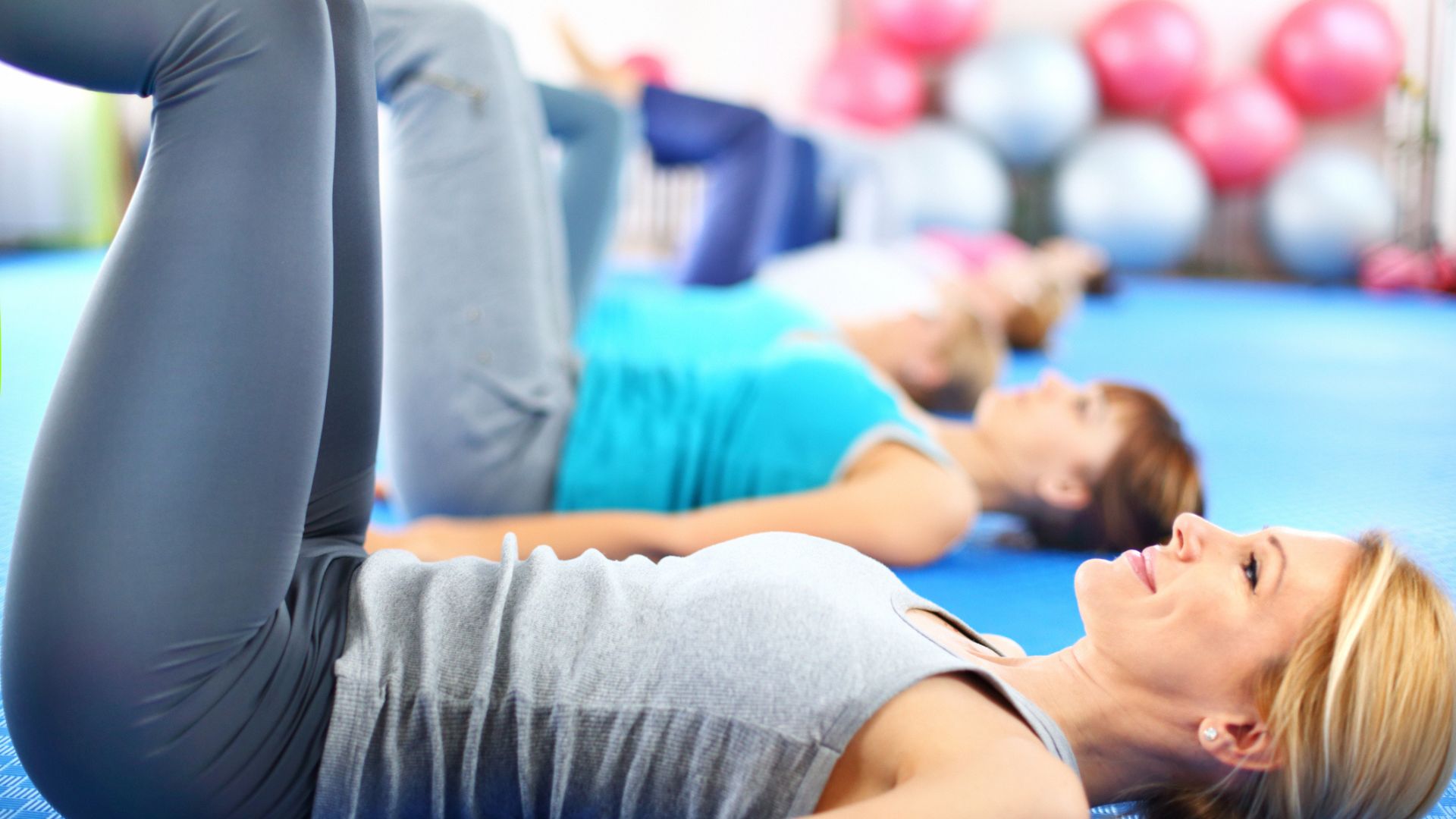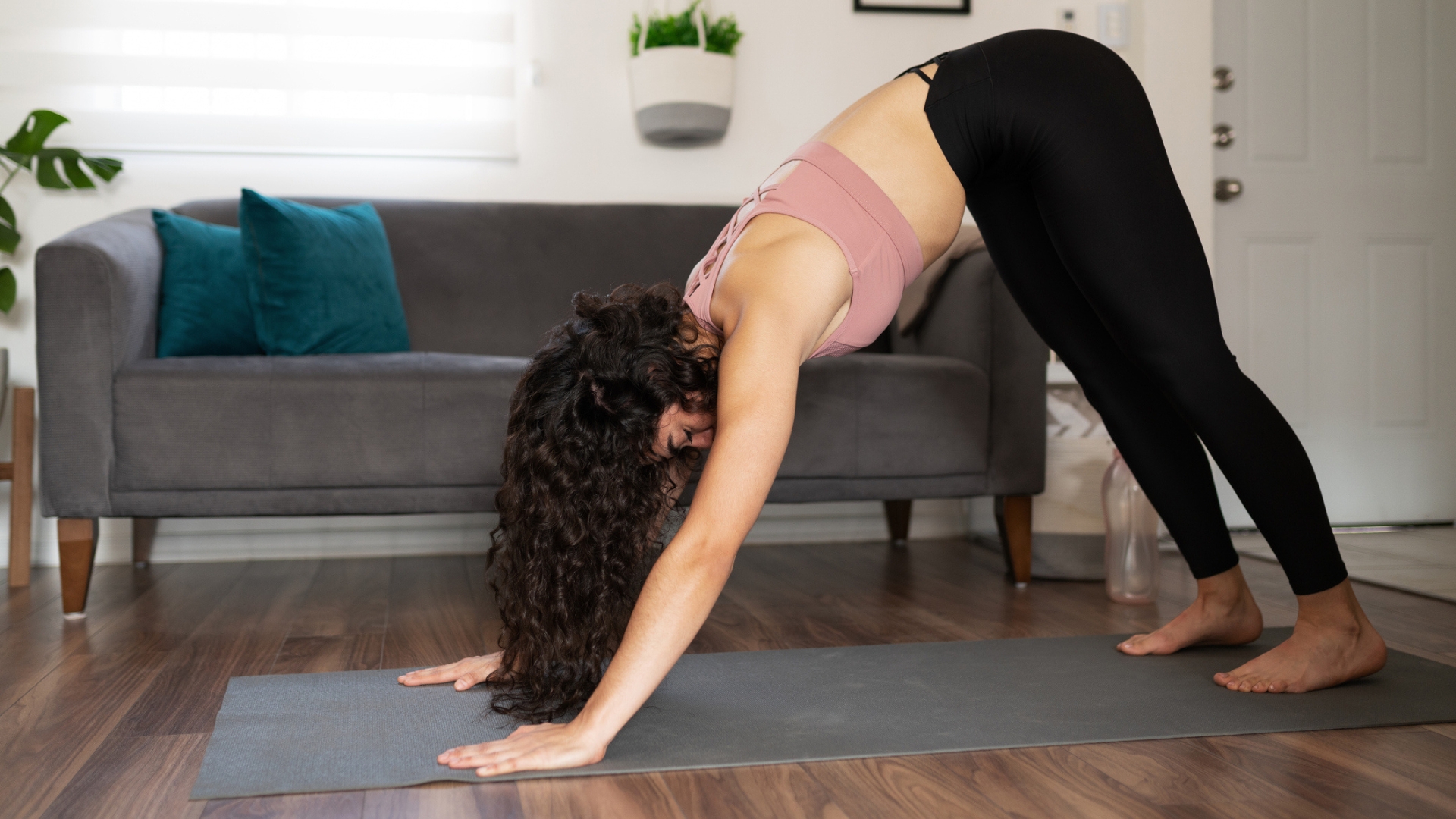I'm a personal trainer and these are my go-to bodyweight shoulder exercises when I can't get to the gym
Keep your shoulders strong and stable with these kit-free upper-body exercises

When I'm unable to make it to the gym or I'm away from my favorite pair of dumbbells, it takes a little know-how to keep my shoulders strong and mobile. At these times, such as on vacation, I'll often turn to six bodyweight shoulder exercises that can be done anytime, anywhere—and so should you.
You can combine them into a shoulder-focused upper-body workout, which I've detailed below, or pick and choose based on your experience and ability. To help, I've noted which muscles each exercise will work, plus included a difficulty level from beginner (1-3) to intermediate (4-7) and superhuman (8-10).
None of these moves fall into the latter category, and don't beat yourself up if you find the beginner movements difficult. Just go at your own pace and build up your strength gradually over a few weeks.
Alternatively, if you're armed and ready with a set of dumbbells, try these shoulder exercises with weights or this dumbbell shoulder workout which will help broaden your upper body in record time.
Best bodyweight shoulder exercises
Wall angel
Difficulty: 2/10
Target muscles: Lateral deltoid, teres major
Why it's effective: The wall angel mobilizes the shoulder joint through the sagittal plane (essentially, an exercise that requires you to move forward and back, or up and down). It replicates the movement and mobility required for an upright row, while unloaded to reduce any risk of injury.
Get the Fit&Well Newsletter
Start your week with achievable workout ideas, health tips and wellbeing advice in your inbox.
Reps: 10-15
- Stand with your back resting against a wall, keeping your spine neutral, rather than overly arched forward or back.
- Raise your arms to your sides, with your elbows bent at 90°.
- Keeping your upper arm and forearm in contact with the wall, slowly raise your arms until straight overhead.
- Lower until your upper arms are perpendicular to your body.
Y-T-W
Difficulty: 3/10
Target muscles: Front, rear and lateral deltoids, teres major, rotator cuff
Why it's effective: The Y-T-W exercise is named after the shapes you create with your arms when performing it. It helps mobilize the shoulder joint through its full range of motion—making it well worth adding to your warm-up before any upper-body workouts.
Reps: 5-10
- Lie face-down on a mat and move your arms into a Y position, with your arms extended and biceps close to your ears.
- Raise your arms and hold them just above the floor. To ensure you're engaging the relevant muscles, retract your shoulder blades and squeeze.
- Next, move your arms into a T position, outstretched to the sides, raise them just off the floor, retracting and squeezing your shoulder blades at the top.
- Finally, move your arms to a W position, with elbows bent and slightly tucked into your body. Raise, retract and squeeze.
You can also perform this exercise while standing, hinging at the hips and leaning forward slightly. Give both a try and go with whichever feels more comfortable.
Plank to downward dog
Difficulty: 4/10
Target muscles: Front and lateral deltoids, plus chest, upper back and core
Why it's effective: Stolen from the yoga studio, this move will build heat in the chest and shoulders, developing strength and stability around the shoulder girdle.
Reps: 8-10
- Start in a high plank position with your hands just wider than shoulder-width apart, arms extended, feet hip-width apart and your body in a straight line from head to heels.
- Engage your core and lift your hips in the air while keeping your legs straight so that your body makes an upside-down V shape.
- Push your head between your arms so that your arms make a straight line with your back, pause for a second, then return to the start.
- Bend your knees in the inverted position if hamstring mobility limits your range.
Walkout
Difficulty: 5/10
Target muscles: Front and lateral deltoids, plus chest, triceps and core
Why it's effective: Done a handful of times, this is a fantastic warm-up drill to fire up your chest, core and shoulders, while stretching out the back of your legs. Done several more times and it makes for a challenging shoulder exercise in its own right.
Reps: 8-10
- Stand with your feet shoulder-width apart and reach your arms high in the air to stretch your body as tall as you can.
- Inhale, then fold forward at your hips to bring your palms to the floor while keeping your legs as straight as you can.
- Walk your hands forward until you reach the top of a standard push-up with your hands directly below shoulders, and your body forming a straight line from ankles to shoulders.
- At this stage you could add a bonus push-up, or simply walk your hands back toward your feet, stand and reach up.
Pike push-up
Target muscles: Front, rear and lateral deltoids, plus upper back, triceps and core
Why it's effective: Also known as the inverted shoulder press, this move replicates the movement pattern of a dumbbell shoulder press, and can be easily made more difficult or easier by adjusting the elevation of your feet.
Reps: 5-10
- Start in a push-up position with your hands just wider than shoulder-width apart and your feet hip-width apart.
- Engage your core and lift your hips in the air so that your body makes an upside-down V shape.
- Keeping your legs straight, bend your elbows until your head nearly touches the floor, then push back up
- To make this easier, spread your feet wider apart to reduce the distance you have to lower. To make it harder, place your feet on a bench or low box to add more load to your upper body.
Handstand hold
Difficulty: 6/10
Target muscles: Front, rear and lateral deltoids, plus upper back, triceps and core
Why it's effective: It might sound daunting, but handstand holds are lots of fun once you get used to them. They also don't require a huge amount of strength to execute, just confidence, and they'll strengthen your shoulders and core in unison.
Time: 15-30 seconds
- Stand facing a wall with a mat or abmat close to the wall, which you'll use to cushion your head if required.
- Place your hands on the floor just wider than shoulder-width apart and kick your legs up overhead so your heels rest against the wall.
- Extend your arms straight to take your weight, brace your core to protect your spine, and shrug your shoulders towards your ears.
- Hold this fully extended position for up to 30 seconds.
How to combine these bodyweight shoulder exercises in one workout
I've combined the above six exercises into a comprehensive upper-body workout that'll also test your chest, upper back and core, and light up your triceps for good measure. It should take up to 25 minutes.
Warm up with the wall angels and Y-T-W to mobilize the joint. Move onto the plank to downward dog and walkouts to develop stability around the shoulder girdle. Use the pike push-up to build size and strength, then finish with the handstand hold if you really want to show off.
Rest 30 seconds between sets—taking slightly longer if you need to after the pike push-ups and handstand holds—and increase or decrease the number of reps to suit your level.
- Wall angel Sets 2 Reps 10-15
- Y-T-W Sets 2 Reps 5-10
- Plank to downward dog Sets 3 Reps 8-10
- Walkout Sets 3 Reps 8-10
- Pike push-up Sets 5 Reps 5-10
- Handstand hold Sets 3 Time 15-30sec

Sam Rider is an experienced freelance journalist, specialising in health, fitness and wellness. He is also a REPS level 3 qualified personal trainer.
-
 A Pilates instructor says this is the beginner-friendly core exercise everyone should try
A Pilates instructor says this is the beginner-friendly core exercise everyone should tryForget crunches, this is the perfect foundation move
By Alice Porter Published
-
 Prevent poor posture and release tension from sitting down with these four simple stretches from a yoga instructor
Prevent poor posture and release tension from sitting down with these four simple stretches from a yoga instructorThe daily poses he swears by, no matter what
By Alice Porter Published